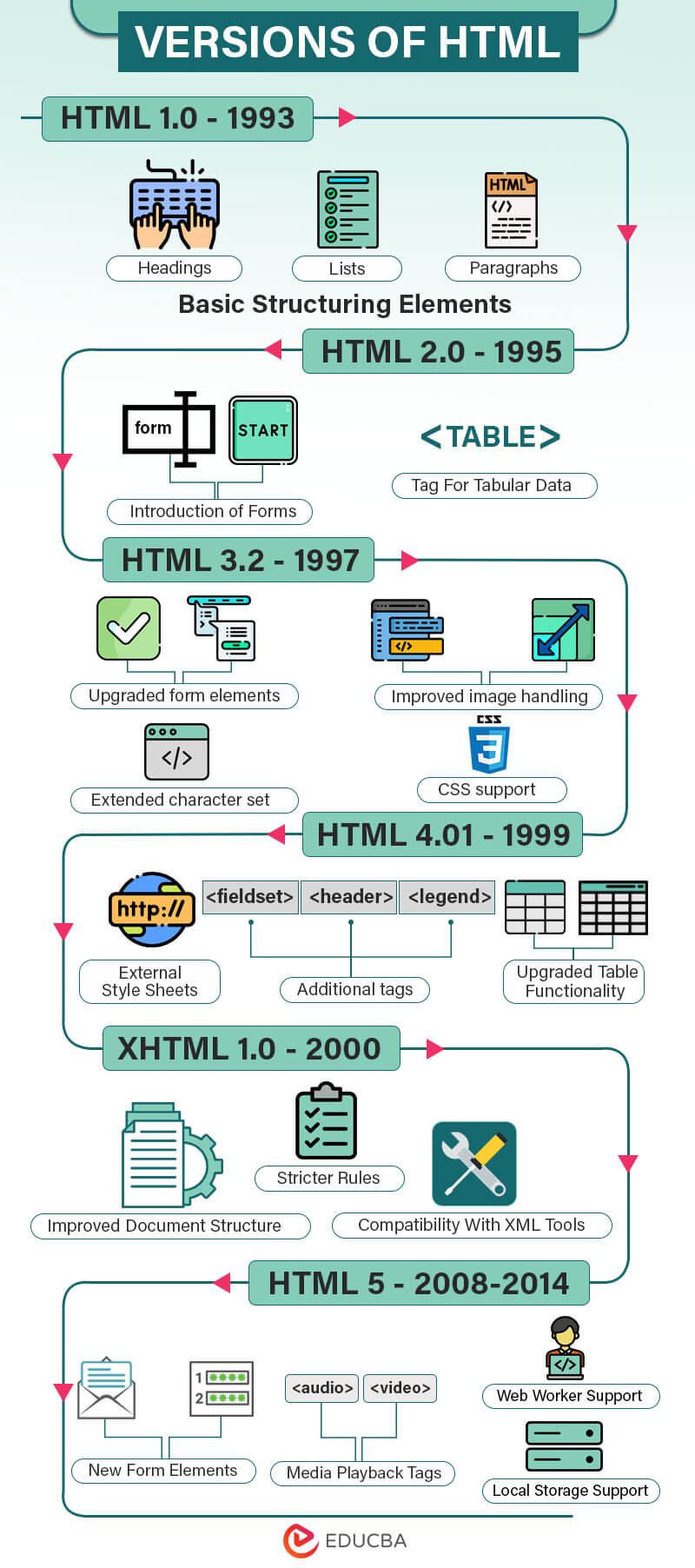The history of web development is a fascinating journey that has evolved significantly over the years. Here's a brief overview
1. The Birth of the World Wide Web (1989-1991)
Tim Berners-Lee, a British computer scientist, invented the World Wide Web in 1989 while working at CERN (The European Organization for Nuclear Research).
In 1991, he introduced the first web browser (World Wide Web) and web server, laying the foundation for the modern internet.
 |
| Professor, Sir Timothy John Berners-Lee |
2. Early Web Technologies (1990s)
The 1990s witnessed the emergence of HTML (Hyper Text Markup Language), which allowed for the creation of simple web pages with text and links.
Web development primarily involved static web pages, consisting of basic text and images.
3. Introduction of CSS and JavaScript (late 1990s)
CSS (Cascading Style Sheets) was introduced to separate the presentation style from HTML structure, enabling better design control.
JavaScript, introduced by Netscape in 1995, revolutionized web development by allowing interactivity and dynamic content on web pages.
4. Rise of Dynamic Web Content (Early 2000s)
Technologies like PHP, ASP (Active Server Pages), and databases (MySQL, PostgreSQL) allowed for the creation of dynamic websites with server-side scripting.
Content Management Systems (CMS) like WordPress emerged, making website creation more accessible to non-developers.
5. Web 2.0 and Rich Internet Applications (Mid-2000s)
Web 2.0 marked a shift towards user-generated content, social media, and interactive web experiences.
Ajax (Asynchronous JavaScript and XML) enabled smoother, faster interactions between users and web applications.
6. Mobile Revolution and Responsive Design (2010s)
With the proliferation of smartphones, mobile-friendly web design became crucial. Responsive web design emerged, allowing websites to adapt seamlessly to different devices and screen sizes.
7. Modern Web Development (Present)
Today's web development involves a diverse ecosystem of technologies and frameworks like React, Angular, Vue.js for front-end, Node.js, Django, Rails for back-end, and more. Web development focuses on performance, security, accessibility, and user experience (UX).
The history of web development demonstrates an ongoing evolution driven by technological advancements, user needs, and the ever-changing digital landscape. Developers continue to innovate, shaping the web into a more powerful, dynamic, and user-centric environment.





0 Comments